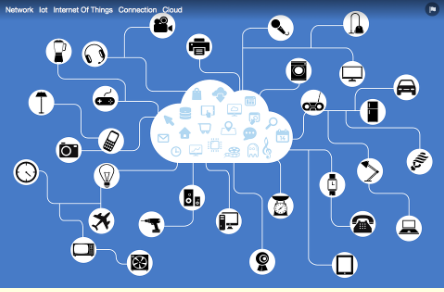Content in the Cloud

Once the idea of Cloud computing was invented to use large networks of servers worldwide to increase performance and storage, the sharing of information and resources has become the norm. Teachers and students have a plethora of information and resources at their fingertips. In reality, there is too much information to access and one needs to learn which are the best resources to share with students.
In the first section, you created your web presence. In this section, you are going to learn about various resources that you can use in the classroom and share with your students and parents on your website or blog.
As much as we would like students to research and read articles, recent research shows that for many students their engagement and understanding increases by watching video clips.
Below are video resources that teachers can use to enhance their curriculum.
Steps:
Free Video Resources
The resources below are great to use in the classroom to support the needs of your visual learners.
1. Read this short article with tips for using video in the classroom. The article is about YouTube video, but applies to all video.
2. Peruse each of the below for a minimum of 5 minutes for videos in your curriculum area.
| Resource Name | Age Level | Description |
| K-12 | The best student and teacher videos anywhere! | |
| K-12 | Teacher Tube is a safe educational video community for students, teachers and parents | |
|
|
K-12 | Quality videos uploaded and many are in the public domain for students to use for remixing. Check the site first to make sure it is appropriate for your grade level. |
|
Adult
|
MiStreamNet is a Michigan portal to live and on-demand professional development and legislative videos for educators | |
|
PBS Learning Media |
K-12 | There are thousands of digital resources to choose from here. (Videos, games, audio, photos, lesson plans and more) |
| K-12 | Check out the YouTube for Education page. You can create your own channel and download videos to use in your classroom. Be sure to follow the copyright and fair use rules covered earlier in Be Legal and Fair. Check out this handout. |
Move on to Creating Your Own Instructional Video
Standards
Addressing the ISTE Standards For Educators
Learner
1a. Set professional learning goals to explore and apply pedagogical approaches made possible by technology and reflect on their effectiveness.
1c. Stay current with research that supports improved student learning outcomes, including findings from the learning sciences.
Leader
2b. Advocate for equitable access to educational technology, digital content and learning opportunities to meet the diverse needs of all students.
2c. Model for colleagues the identification, exploration,
evaluation, curation and adoption of
new digital resources and tools for learning.
Citizen
3a. Create experiences for learners to make positive, socially responsible contributions and exhibit empathetic behavior online that build relationships and community.
3c. Mentor students in safe, legal and ethical practices with digital tools and the protection of intellectual rights and property.
Designer
5a. Use technology to create, adapt and personalize learning experiences that foster independent learning and accommodate learner differences and needs.
Facilitator
6a. Foster a culture where students take ownership of their learning goals and outcomes in both independent and group settings.
6b. Manage the use of technology and student learning strategies in digital platforms, virtual environments, hands-on maker spaces or in the field.
6c. Create learning opportunities that challenge students to use a design process and computational thinking to innovate and solve problems.
6d. Model and nurture creativity and creative expression to communicate ideas, knowledge or connections.
Analyst
7a. Provide alternative ways for students to demonstrate competency and reflect on their learning using technology.






